This hexagonal fortress that seems to float on the water is located on Garden Key in the lower Florida Keys within the Dry Tortugas National Park, about 70 miles (110 km) west of the island of Key West. Fort Jefferson (named after the third President, Thomas Jefferson) was designed to be a massive gun platform, impervious to assault, and able to destroy any enemy ships foolhardy enough to come within range of its powerful guns.
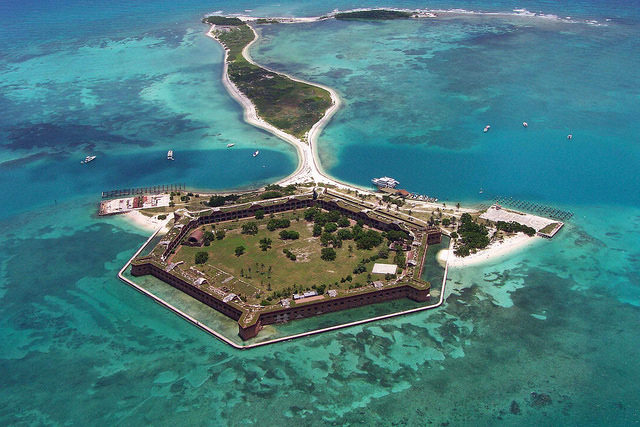
It was designed to guard the piracy-prone shipping routes of the Caribbean. The heavy guns, that could fire at ships up to three miles away, were mounted inside the walls in a string of open casemates, or gunrooms, facing outward toward the sea through large openings called embrasures.
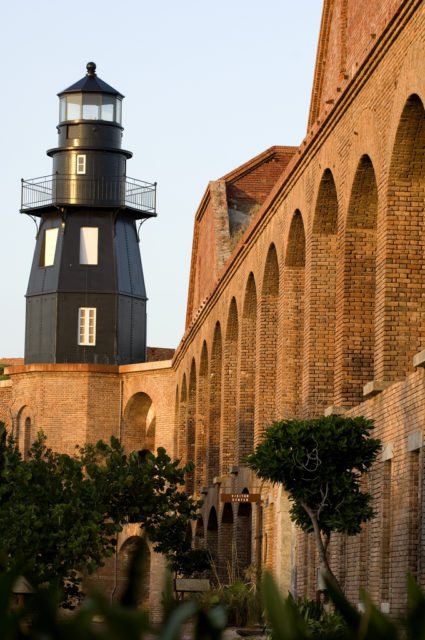
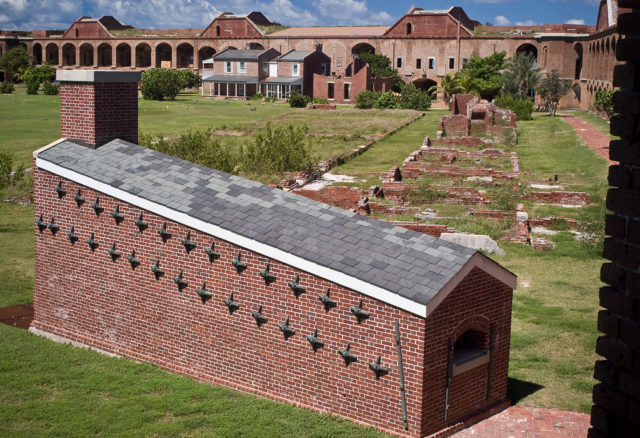
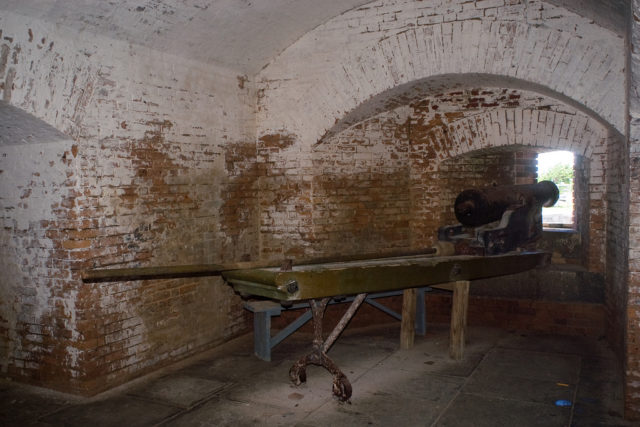
Construction of the largest masonry fortification ever in the United States began in 1846 on a reef known as Garden Key, and continued for thirty years, but it was never completed. During the years before the Civil War, much of the work of building the fort was done by enslaved laborers. By 1863, during the Civil War, the number of military convicts at Fort Jefferson had increased so significantly that slaves were no longer needed.
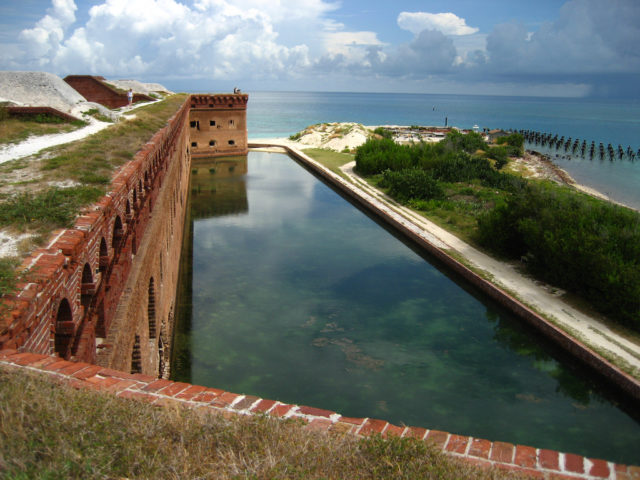
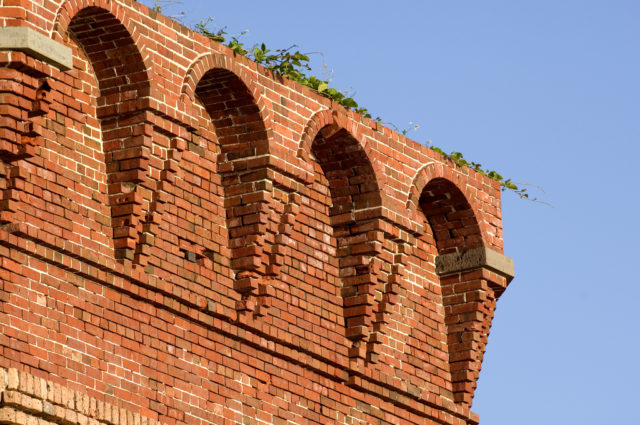
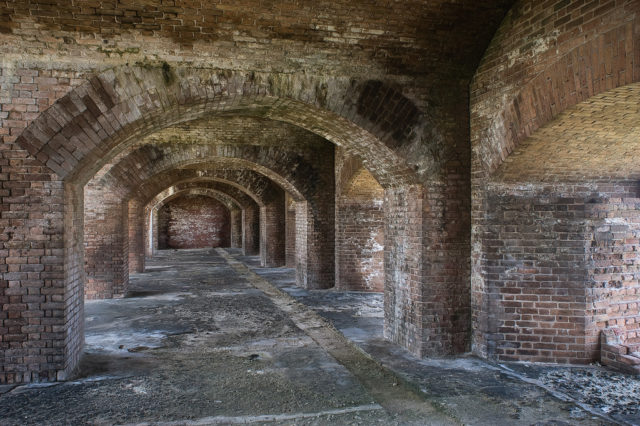
The huge six-sided fort was occupied by Union troops during the Civil War and, due to its remote but strategic location at the entrance to the Gulf of Mexico, was called the “Gibraltar of the Gulf.” Protected by its location from Confederate attack, Fort Jefferson nevertheless remained an important Union post throughout the war.
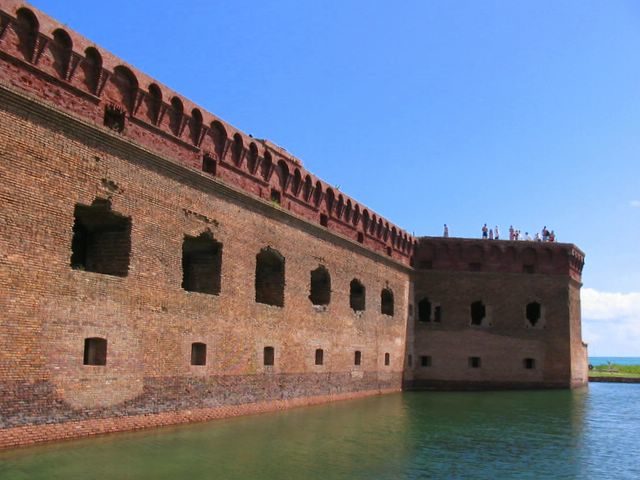
At one point as many as 2,000 lived at the fort, including soldiers, their families, prisoners, laborers, lighthouse keepers and their families, cooks, a civilian doctor and his family, and others.
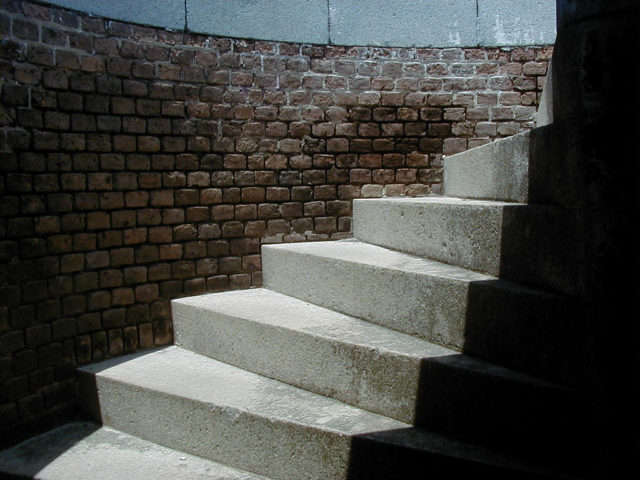
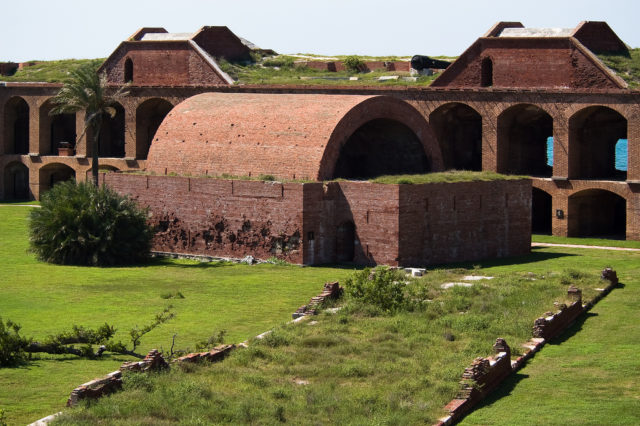
The fort remained in federal hands throughout the Civil War. With the end of hostilities in 1865, the fort’s population declined to 1,013, consisting of 486 soldiers or civilians and 527 prisoners and by 1874, the fort had become too expensive to maintain and was no longer a vital part of the maritime defense strategy.
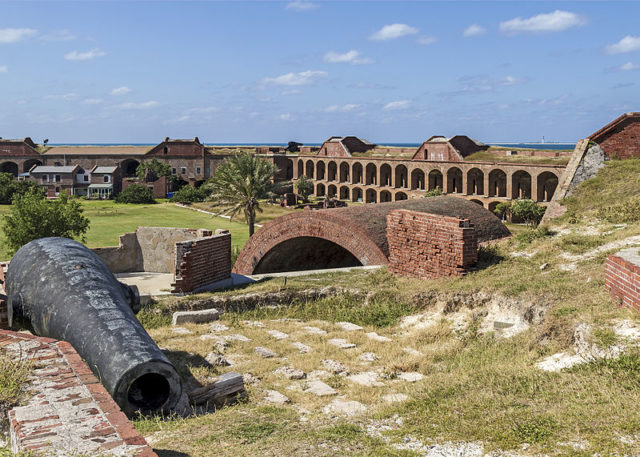
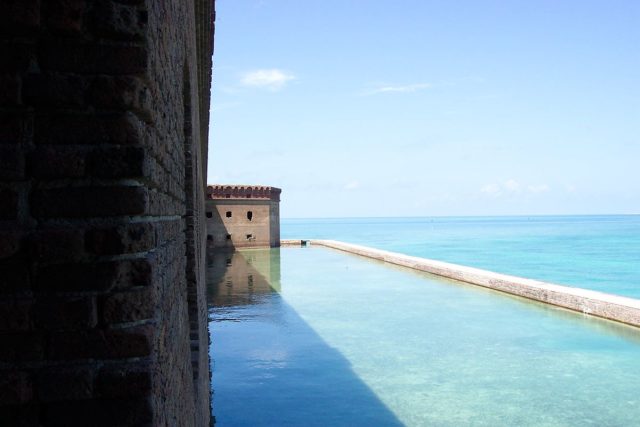
Though never attacked, the fort fulfilled its intended role. It helped to protect the peace and prosperity of a young nation. By 1888, the military usefulness of Fort Jefferson had waned, and the cost of maintaining the fort due to the effects of frequent hurricanes and the corrosive and debilitating tropical climate could no longer be justified. In 1888, the Army turned the fort over to the Marine Hospital Service to be operated as a quarantine station.
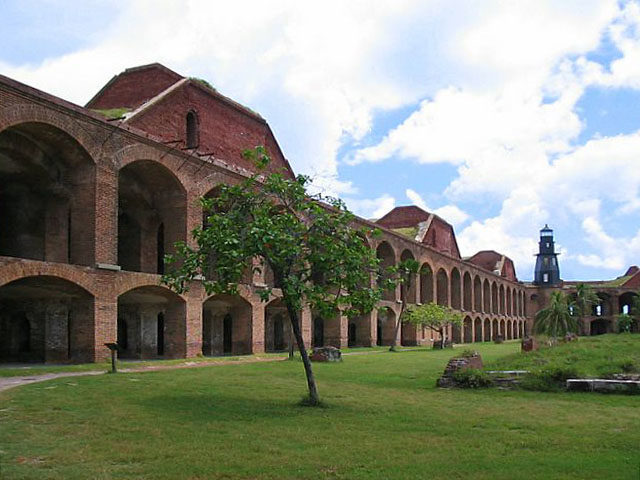
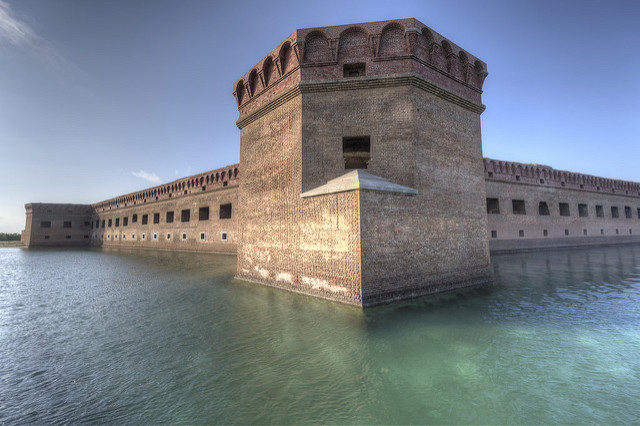
On January 4, 1935, President Franklin D. Roosevelt, who visited the area by ship, designated the area as Fort Jefferson National Monument. It was listed on the National Register of Historic Places on November 10, 1970. Fort Jefferson is now part of the Dry Tortugas National Park, which encompasses seven small islands and a whole lot of turquoise-tinted water. Accessible only by seaplane or boat, the fort is one of Florida’s most fascinating heritage attractions.
